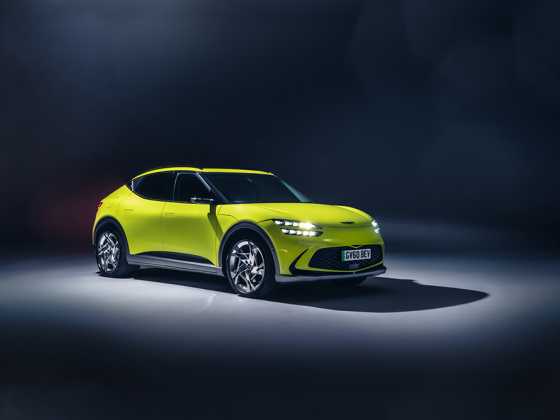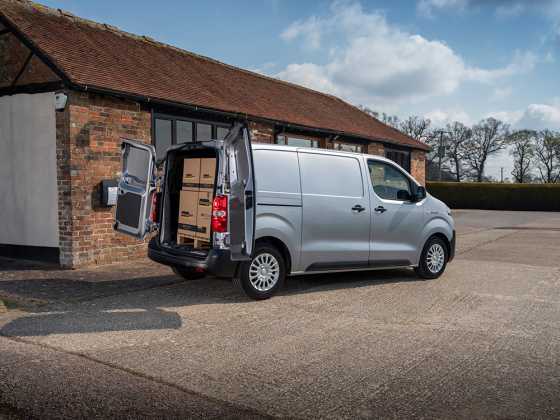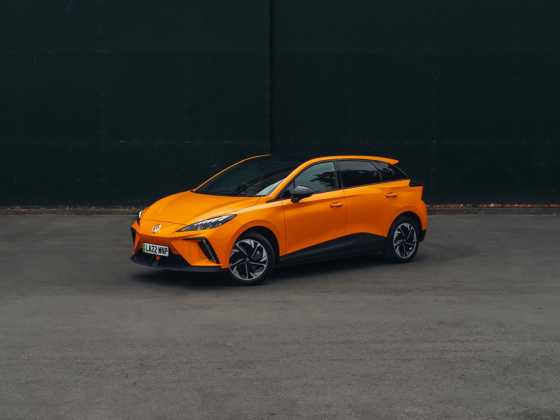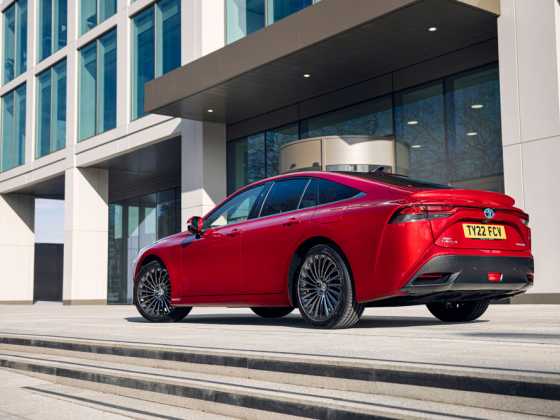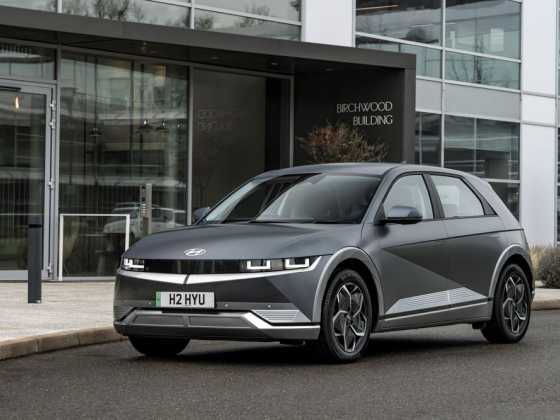First Drive: LEVC VN5
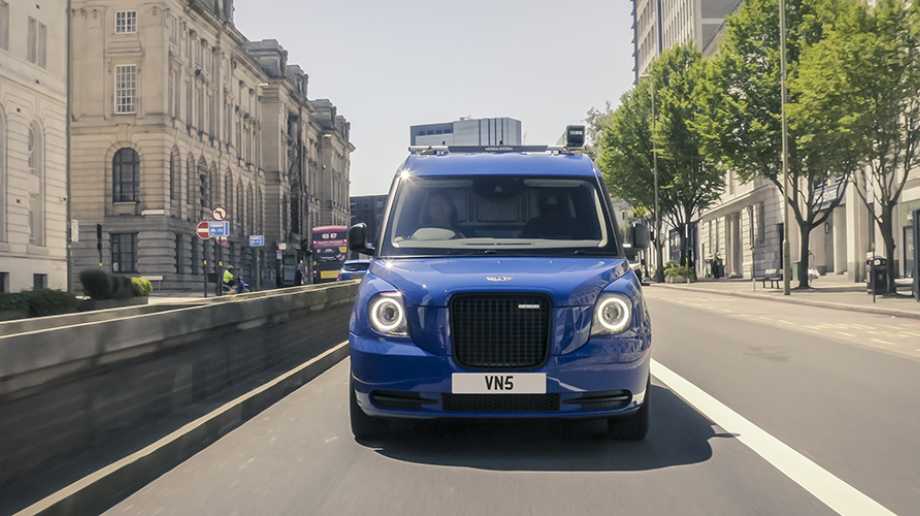
Based on the electrified plug-in TX taxi, the VN5 marks the arrival of the London Electric Vehicle Company's first commercial vehicle. Richard Gooding discovers if it delivers on efficiency and practicality
What is it?
The legacy of the London Electric Vehicle Company (LEVC) can be traced back to 1908. From the 1940s to the 2010s, the business built the iconic FX4 black cab under its previous London Taxis International and Carbodies incarnations. Synonymous with the streets of London, the FX4 was reimagined into the range-extender TX in 2018, and followed LEVC's shift towards transforming itself into an electro-mobility solutions provider. A wholly-owned subsidiary of the Chinese car maker Geely, LEVC's Ansty factory near Coventry is a new £500m, 37,000sqm facility and the only plant dedicated to building electric vehicles. The VN5 is its second and newest product, and is a light commercial based on the plug-in technology which underpins the TX.
How practical is it?
The commonality of shared parts between the TX and the VN5 is hard to ignore. That's no bad thing as the TX uses proven tech borrowed from another of Geely's companies, Volvo. But, there is one noticeable difference: at 3,386mm, the VN5 has a 400mm longer wheelbase than the TX. That translates into a maximum 5.5m3 of load space, and a payload of up to 830kg.
Asymmetric 60/40 twin rear doors open up to 180 degrees and reveal a flat load space which can accommodate two Euro pallets. The sliding side door has an aperture with a maximum 1,128mm of width, and the 640mm rear loading height ensures for easy placement of items into the fully lined cargo bay. Also boasting four tie loops, the cargo space has a maximum height of 1,373mm and width of 1,574mm, with a 2,447mm load floor length. The roof can also carry up to 100kg and has six mounting points.
How clean is it?
Just as with the TX, LEVC has ditched the diesel engine with the VN5, replacing it with a 110kW electric motor and 31kWh lithium-ion battery. A 1.5-litre, 81bhp, three-cylinder Volvo-sourced petrol engine acts as a generator to only charge the batteries – the rear wheels are always driven electrically. Named ‘eCity’, the LEVC plug-in range-extending technology gives CO2 emissions of 21g/km.
What range does it have?
Similar to the Transit Custom PHEV and other electric light commercials, the VN5's zero-emission running makes it ideal for urban use. An all-electric range of 61 miles is longer than the Ford's and LEVC states that it and the VN5 are targeting ‘distribution to door’ green operations – out of city and back again – not necessarily just 'last-mile' customers. The overall WLTP-certified range of 304 miles bears this out.
How long does it take to charge?
Lower-priced VN5 models have 11kW AC charging as standard, the top-spec Ultima gaining a 22kW option. Connected to a Type 2 AC 22kW fast charger, the VN5 can be charged from flat to full in 75 minutes. A 50kW DC rapid charge takes 30 minutes to refill an empty battery back to 100 per cent, and LEVC has given VN5 drivers the option of both Type 2 CCS and CHAdeMO sockets, the latter available at an additional £390 excluding VAT. A 7kW AC connection replenishes the battery in just under four hours. Away from the public networks, a 3.5kW three-pin electricity supply will fully charge the VN5 in eight hours, while two levels of regenerative braking also capture energy and charge the battery on the move.
How does it drive?
Externally, the VN5 wears the 'face' of the TX, and that's no bad thing. The high strength anodised and bonded aluminium construction is the same, too, which not only helps keep the weight down, but also makes the van stronger. LEVC states that the VN5's body is almost twice as strong as a mild steel equivalent, which boosts crash safety as well as durability. Sheet Moulded Composite (SMC) exterior panels offer more daily resistance to damage, meaning less downtime.
Inside, the VN5 also echoes the TX. The nine-inch portrait colour touchscreen and steering wheel nod to Volvo heritage, and although the plastics are durable rather than premium, the level of build is high. Overall ergonomics are good, and the digital instruments are sharp and clear. Like its TX and Volvo relatives, the VN5's touchscreen functions are accessed via swiping menus.
The VN5's 188lb ft (255Nm) of instant torque means it is perfect for scuttling in and out of congested city traffic, and its laughably tiny 10.1m turning circle lends it superb manoeuvrability. A trio of diving modes determine the best use of the VN5's plug-in drivetrain. In Smart mode, the VN5 decides which driving mode is best suited to the prevailing conditions; Save employs the range extender engine to preserve battery charge; and zero-emission Pure EV mode uses electric power alone and is ideal for city centres and Ultra Low Emissions Zones. Almost as refined as an electric passenger car on the move, the petrol engine makes its presence felt when preserving the battery in Save mode, but this is a trait that's not exclusive to the VN5. The regenerative braking levels are controlled by nudging the gear lever left (less severe) or right (more severe). The set-up works well, and enables one-pedal driving.
What does it cost?
The VN5 is available in three trim levels, starting with the £46,500 – excluding VAT, but including the government's Plug-In Van Grant (PIVG) – Business model. Alpine white paint, satin black bumpers and black steel wheels may identify it as the entry-level VN5, but standard equipment includes auto lights and wipers, a nine-inch colour touchscreen with Bluetooth and USB connectivity, dual-zone climate control, keyless start and LED daytime running and headlights. A high level of safety kit is standard, including cruise control, autonomous emergency braking and forward collision warning systems.
Move up to the £48,000 VN5 City, and a heated windscreen, front and rear parking sensors, road sign information, speed limit detection, and lane departure warning systems are fitted. The range-topping £52,000 Ultima adds body coloured bumpers, silver steel wheels, electrically adjustable and heated seats, a rear view camera, satellite navigation, and eight load space tie loops. AC 22kW fast charging is an Ultima-only feature, costing an additional £830 (excluding VAT) on Business and City models. Six option packs offer practical features such as additional under-seat storage, a heated windscreen, and parking sensors.
How much does it cost to tax?
Even though the 21g/km VN5 has all-electric running, it attracts the light commercial Vehicle Excise Duty charge of £265.
Why does my fleet need one?
Just as the TX brought the electrified revolution to taxi ranks across the globe, so the VN5 aims to transform the light commercial sector in a similar way. Using proven technology adds to the VN5's capability and LEVC's desire to turnaround the European electric commercial vehicle market.
The dual nature of the VN5's range-extended drivetrain ensures that it can make the most of its zero-emission running in increasingly-restricted city zones, but also enables longer journeys out of them. Car-like interfaces for the on-board technology also aid its usability. A five-year warranty – with battery cover for eight years – may be another reason to choose the electrified LEVC van. A solid first light commercial vehicle effort, the VN5's appeal lies in both its impressively competent practicality and efficiency, as well as its low emission personality.

